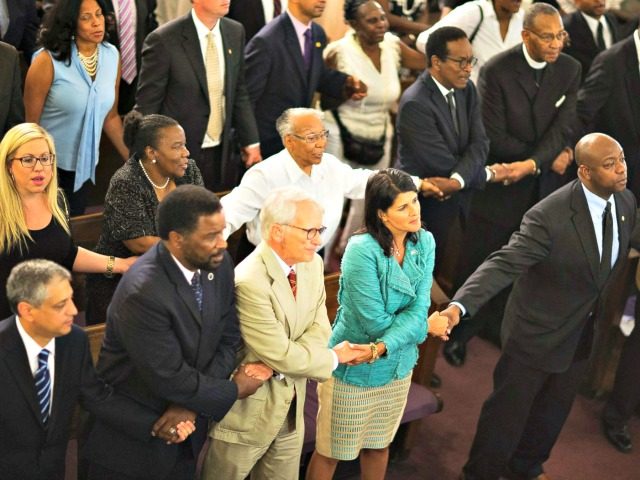A newly released Gallup poll finds a majority of Americans – 55 percent – say religion can answer most or all of today’s problems.
Though that percentage has gradually decreased since 1957, when 82 percent of Americans said religion could answer all or most problems, 55 percent is an increase since May of 2015, when the all-time low of 51 percent of Americans agreed with that sentiment.
Among regular church-goers, 85 percent say religion answers today’s problems, while 33 percent of those who rarely or never attend services agree with the statement.
When faith group is a factor, 60 percent of Catholics say religion answers today’s problems, while 71 percent of Protestant and other Christians agree with the sentiment. Only nine percent of those with no religious preference say religion can answer problems, while 81 percent of this group also say religion was old-fashioned and out of date.
Among Republicans, 71 percent say religion answers today’s problems, while 50 percent of Independents and 47 percent of Democrats agree. Gallup states:
[A] slim majority of Americans believe religion can answer problems, a vast majority think that God played some part in the process of human creation, and most believe God also had a role in the contents of the Bible. Religious fervor may be declining, but with these questions, Americans still assert religion and topics relating to religion as having relevance in 21st-century life.
In 2013, Gallup reported dwindling church attendance as merely four in 10 Americans indicated they attended religious services within the past seven days.
According to Gallup:
Since the early 1960s, weekly church attendance has settled down, generally to a range between 40% and 45%. But self-reported church attendance has been marked by year-to-year fluctuations. For example, less than 40% of Americans reported attending church in 1996 and in 2008. But church attendance was as high as 44% in 2000 and 2004. Americans’ self-reported church attendance since 2008 has averaged 39%, down slightly from the overall average of 42% since 1939.
The current poll is based on telephone interviews conducted May 3-7, 2017, with a random sample of 1,011 adults. The margin of sampling error is ±4 percentage points at the 95% confidence level.

COMMENTS
Please let us know if you're having issues with commenting.